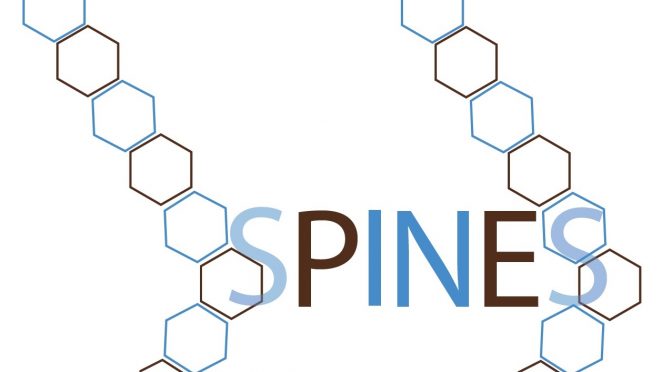Guest Post by Alyssa DiLeo (Neuro)
If you’ve listened to Beyonce’s self-titled 2014 album, you’ll recognize the definition of a feminist as a person who believes in the social, political, and economic equality of the sexes. What this definition misses is the importance of intersectionality, a framework that attempts to identify the intersecting social factors, like race, gender identity, sexual orientation, age, class, and education, that impact marginalized populations. At GWiSE’s November Coffee & Conversation, we welcomed PhD student Molly Hodul, who attended a Harvard event addressing Intersectionality in STEM and discussed what she learned and how to an active ally in the fight for social justice.
Historically, feminism has mainly served white women who centered and upheld their own voices instead of prioritizing experiences of all women and women identifying populations. This can most easily be seen in the history of voting rights in the US. Non-white men and freed male salves were “allowed” to vote in 1870 through the 15th amendment, but Jim Crow and voter suppression laws kept many from exercising their right. The 19th amendment in 1920 gave the right to vote to women, but similar restrictions applied to poor or non-white women. Native Americans weren’t allowed to vote and keep their tribal affiliation until 1924. It wasn’t until the 1960s that the poll tax was prohibited and the Voting Rights Act of 1965 protected voting rights for racial minorities. Here, it’s simple to see how race, gender, and tribal association affected marginalized groups, both separately and together.
Kimberle Crenshaw first coined the term “intersectionality” in 1989 in her paper for the University of Chicago Legal Forum, but many black activists had advocated for intersectional principles. Sojourner Truth made parallels between her abilities and those of men in her speech to the Women’s Convention in Ohio in 1851. Audre Lorde said in a 1981 speech “ I am not free while any woman is unfree, even when her shackles are very different from my own. And I am not free as long as one person of Color remains chained. Nor is anyone of you.”
Around the same time, Shirley Malcom conducted the Double Bind study that showed that discrimination of minority women shifted from race based to gender based as they moved into post college training or graduate school. Over 40 years later, women of color are facing more subtle obstacles and microagressions in academia. Overt racist and sexist laws may not be in place anymore, but academic institutions can make statements through their action or inaction in the face of discrimination. Historically, science has also been used to uphold patriarchal white supremacy, something we’re still seeing as the alt right co-opt genetic studies for their agenda, which causes mistrust among minority populations. The failure of science to credit and teach the work of underrepresented minorities in science also adds to this problem.
So, what can scientists and scientific institutions do to actively be an ally for social justice? For one, we can acknowledge our own biases; Harvard has some great implicit bias tests here. When we are real about our bias, we can begin to unlearn these automatic associations we make about groups of people. Intersectionality must focus on the most vulnerable and others must work to uplift and amplify their voices. Most importantly, we, and by “we” I mean white people, must go into our communities and teach these intersectional principles because that is where the work needs to be done. As the holidays approach, find the courage to speak up to that “old fashioned” grandparent or racist uncle. Be a scientist and fight ignorance with facts.
If you’re interested in getting involved with GWiSE, follow us on Twitter @TuftsGWiSE, like us on Facebook, or email us at tuftsbostongwise@tufts.edu.








 wrong, like treating equally qualified people differently when hiring or promoting,” said Calvin Lai, director of research for
wrong, like treating equally qualified people differently when hiring or promoting,” said Calvin Lai, director of research for